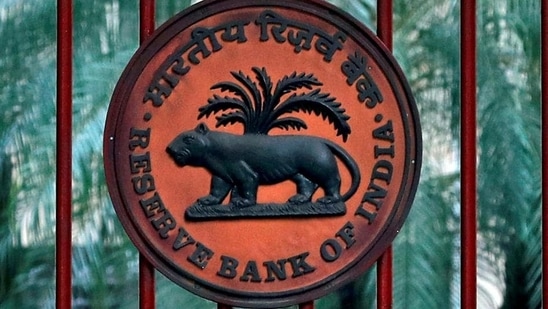Taking stock of monetary policy
The RBI's monetary policy committee's future decisions are likely to be data dependent and hence another rate hike may be in the offing
The Monetary Policy Committee (MPC) of the Reserve Bank of India (RBI) hiked the benchmark rate by 35 basis points (bps), departing from the 50 bps increases in the last three meets. MPC’s conundrum in the policy stance was visible, with a 4:2 split for retaining the policy stance at “withdrawal of the accommodation” as compared to 5:1 in the previous meeting.

The non-unanimous vote suggests that the committee’s future decisions will be data-dependent in addressing the extent and timing of hikes and policy stance.
Notwithstanding the downward revision in the GDP forecast for FY2023 and Q1FY2024, the stated policy to keep inflation within the targeted band suggests that a small hike in the future cannot be ruled out. Despite the expectations of slower rate hikes by global central banks, the hawkish stance of the policy statements highlights MPC’s difficulty in managing growth and inflation expectations due to increasing linkages with the global economy.
Given the elevated cost of external commercial borrowing (ECB), the revival in economic activity and higher working capital requirements, credit growth from the domestic market has been strong, especially from banks. Bank credit growth stood at a decadal high of 17.5% YoY as on November 18. We expect it to remain strong at 15-16% for FY2023. The slowdown in GDP growth estimates, high base effect and increasing transmission of interest rates on borrowers may moderate credit growth 11-12% in FY2024. In contrast, deposit growth remains relatively sluggish, and stood at 9.6%YoY as on November 18; we expect it to be range bound at 8-9% for FY2023 and FY2024, as banks look to draw down on surplus liquidity reserves to support credit growth. The transmission of policy rates was better on the asset side for banks in this rate hike cycle, as a higher share of their assets is linked to the external benchmarks, which got repriced faster, in line with rising policy rates. The other benchmark for assets, the Marginal Cost of Funds Based Landing Rate (MLCR) or the minimum rate at which banks are allowed to rent — is also gradually catching up.
The median one-year MCLR for banks stood at 8.28% in November, with a cumulative increase of 98 bps since the commencement of the rate-hike cycle. We expect MCLRs to increase further in the coming months as the liquidity becomes even tighter in the banking system and banks further hike their deposit rates. The median one-year deposit rate for banks stood at 6.1% in November, as compared to 5.5% in October and 5.0% in April. As a result, the cumulative hike in the one-year deposit rate in this cycle, which stood at just 53 bps till October, improved to 110 bps in November.
As the wholesale bank credit demand is influenced by the rates in ECB markets and the domestic corporate bond market, we expect the wholesale credit demand from the domestic market to remain strong, as the borrowing cost in ECB markets is likely to remain elevated in the near term. This also provides some headroom for domestic banks to pass on the deposit cost increase by hiking MCLRs, which could push up corporate bond yields, even if benchmark government securities remain unchanged. Accordingly, there is headroom for further widening of corporate bond spreads, which are still trailing pre-Covid levels.
Karthik Srinivasan is senior vice-president, ICRA
The views expressed are personal





